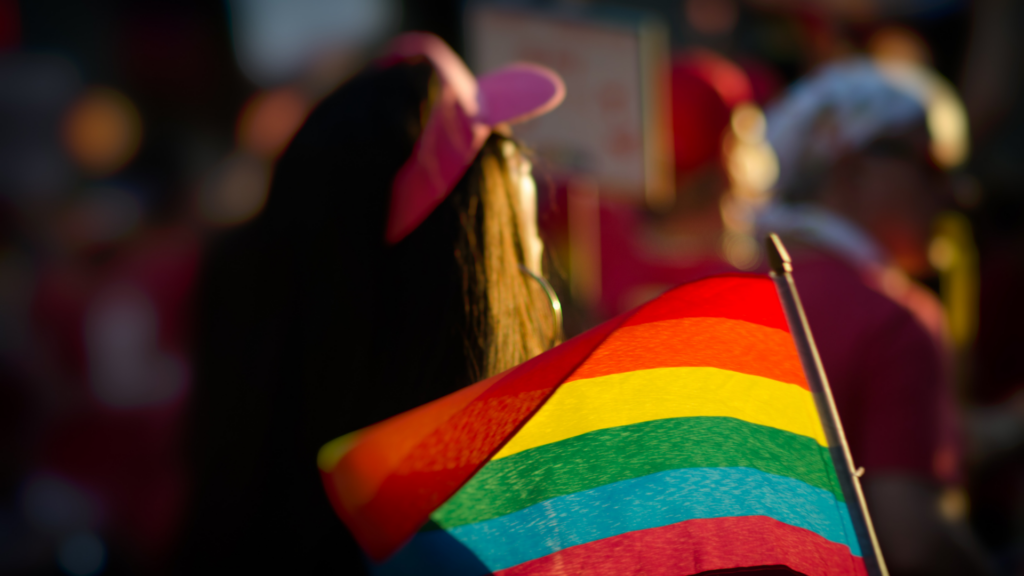
White Paper: LGBTQ+ Allyship
Opportunity
There are a variety of competing definitions of LGBTQ allyship out there. Organizations that work with a consistent allyship framework and design growth opportunities tailored to employees at different stages of the ally journey are best set up to cultivate a culture of inclusion. Organizations that have developed a culture of inclusion are less likely to be labeled “performative” or participate in “rainbow capitalism.”
Key Themes
- It’s not good enough to provide allies with a list of “Do’s” and “Don’ts”. Allies need to investigate what gets in the way of their allyship whether that be shame, a lack of education, the fear of saying the wrong thing, an attachment to perfection, the fear of hurting others, etc.
- Allyship can be broken up into individual, interpersonal and organizational components.
- Allyship is a journey and there are multiple stages. Organizations need to provide the appropriate learning opportunities so that allies can efficiently move through the stages
- What determines whether organizational allyship is performative has less to do with what happens DURING Pride month but what happens BEFORE pride month
Need to Know:
- Mossier’s study on Queer Gen-Z talent found that the #1 factor LGBTQ Gen-Zers rely on when assessing an employer for inclusion? Seeing someone who is openly LGBTQ at your company.
- The Center for Talent Innovation found that LGBTQ employees who are not out at work are 73% more likely to leave their job within three years.
- GLAAD found that 91% of non-LGBTQ people believe LGBTQ people should have the freedom to live their lives and not be discriminated against
Key Stakeholders: Allies, LGBTQ Employee Resource Group, Human Resources, Executive Sponsor(s), DEI team
Learning Objectives:
- I can understand what gets in the way of my ability to be an LGBTQ ally
- I can understand the behaviors and practices of strong LGBTQ allies
- I have a plan to develop and practice my own LGBTQ allyship





